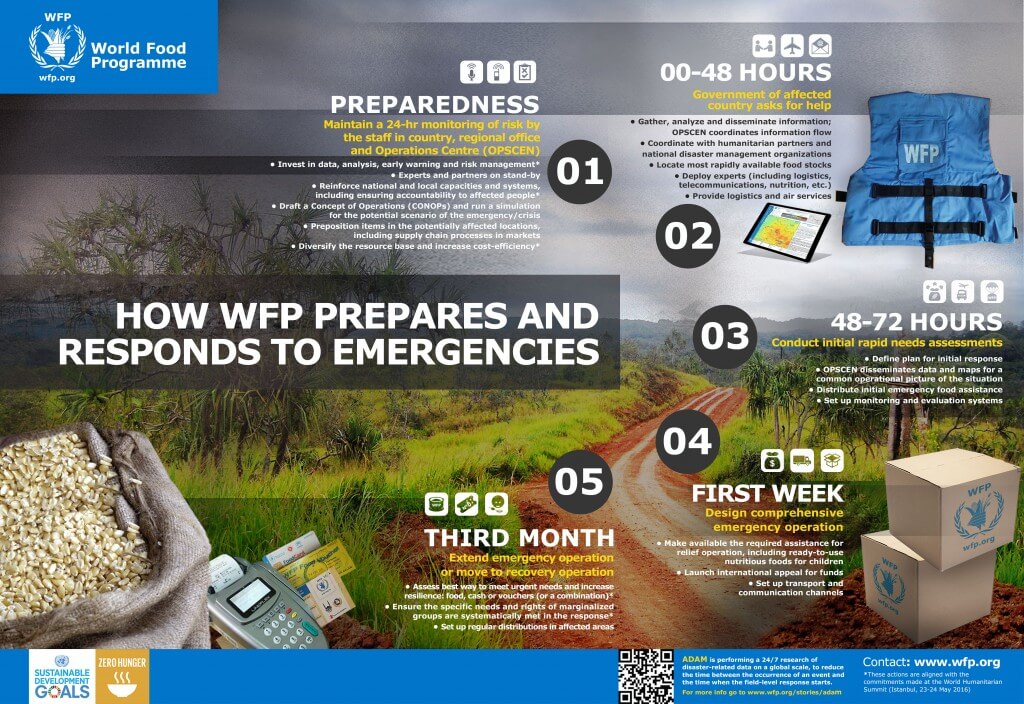[Editor’s note: Many thanks to frequent contributor Tony Jaques for allowing us to use this article, originally published in his Issue}Outcomes newsletter. Tony often covers news out of Australia and the surrounding regions which lets us take a look at great crisis management case studies we may not have seen otherwise.]
Crisis or disaster? IT has helped blur the language
It’s time business stopped misusing the word disaster, and the IT industry needs to take a good share of the blame.
Most recently, an April post on the Hewlett Packard Insights blog, declared: “In general, anything that significantly impairs day to day work can be considered a disaster.” The reality is, No, it can’t!
Writer Wayne Rash went on to say: “It’s worth noting that a disaster in this (IT) context does not necessarily mean widespread destruction, loss of life, or general catastrophe. What a disaster means to you is defined by what interferes with your operations to the point that it endangers your business and thus requires a disaster recovery response.”
What Mr Rash is saying just might, maybe make sense in the IT world where such language is common, but it’s bleeding into general management usage, and that’s a big problem.
Of course the IT industry can’t take all the blame for devaluing the word disaster. Contrary to typical news media headlines, losing a crucial football match is not a disaster, nor is a temporary fall in a company’s share price. In fact, in recent times, the word ‘disaster’ has progressed from being devalued to being entirely trivialised.
A celebrity posting an unwise twitter message is now labelled as a ‘PR disaster’ or a ‘social media disaster,’ while a Hollywood star choosing the wrong dress for a red-carpet event becomes a ‘fashion disaster.’
This language is genuinely unhelpful and distracts attention from serious matters of real concern. Consider by contrast the United Nations definition of a disaster as: “A serious disruption of the functioning of a society, causing widespread human, material or environmental losses and exceeding the coping capacities of the affected communities and government.” Or within a business context, the Dutch crisis experts Arjen Boin and Paul ’t Hart say: “A disaster is a crisis with a devastating ending.” Anything less just doesn’t quality.
While there is clearly a massive difference between a pop culture ‘disaster’ and a true societal or organisational disaster, contamination of broader business language by misuse of the word has serious consequences for issue and crisis managers.
A key consequence arises from the widespread belief in the IT world that the answer to just about every such problem is a disaster recovery plan. As Mr Rash put it: “A disaster recovery response is the set of actions your organisation must take to continue operations in the face of an unforeseen event.”
Business continuity and operational recovery are vital, but they are just one tactical element of an organisation’s crisis management process. The modern approach to crisis management recognises that it should encompass crisis preparedness and prevention; crisis response; and post-crisis management (of which operational recovery is one part). And that it applies to every type of crisis – financial, organisational, legal, political and reputational, not just operational.
We all love IT and the wonders the digital world can bring to issue and crisis management. But any organisation which says: “We have a great business continuity plan so we are crisis- prepared” is in line for a very big and very costly surprise.
Tony Jaques manages Australian-based issue and crisis management consultancy Issue}Outcomes, and is the author of Issues and Crisis Management: Exploring Issues, Crises, Risk and Reputation, available on Amazon now.

















